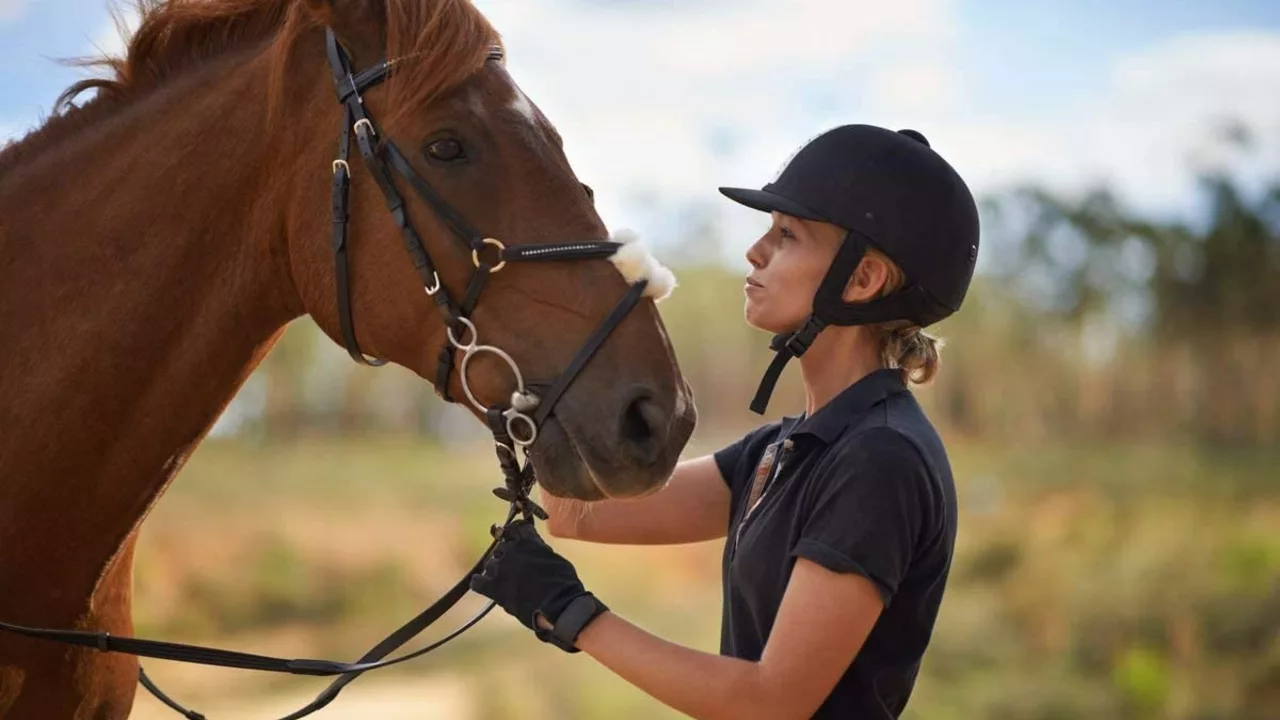All About Horses: Riding Tips, Gear Guides, and Fun Facts
If you love the feel of wind in your hair and the thump of hooves beneath you, you’re in the right place. This page pulls together the most useful advice for anyone who wants to ride, train, or simply enjoy horses. Let’s get straight to the practical stuff that will make your time with these animals safer and more fun.
Getting Started: Lessons, Safety, and Basics
One of the easiest ways to build confidence is a lunge lesson. The horse moves in a circle on a long line while you work on balance, posture, and reins without worrying about steering. It feels like a carousel for learning, and it gives you a chance to feel the horse’s rhythm without the full weight of control.
Safety starts with a helmet. A well‑fitted riding helmet can absorb a fall and keep serious head injuries at bay. Even if the law doesn’t force you to wear one, most professionals swear by it. Choose a helmet with a secure chin strap and replace it after any impact.
Kids reap big rewards from riding. Regular lessons improve balance, flexibility, and overall fitness while also sharpening problem‑solving skills. The responsibility of caring for a horse boosts confidence and empathy, making horseback riding a win‑win for young riders.
Gear, Cost‑Effective Choices & Maintenance
Finding affordable riding clothes doesn’t mean you have to sacrifice quality. Brands like TuffRider, Ovation, Saxon, Kerrits, and Dublin offer durable jackets, breeches, and boots at budget‑friendly prices. Look for reinforced stitching and breathable fabrics to get the most mileage out of each purchase.
Spurs are another tool that can trip you up if you’re not careful. English spurs, Western rowels, and simple riding spurs each serve different disciplines. If you’re new, start with a low‑profile spur and ask your instructor how to use it without hurting the horse.
Thinking about getting back in the saddle after a long break? Start with short, easy sessions to rebuild muscle memory and confidence. Focus on basic exercises like walk‑trot transitions before tackling jumps or advanced patterns. Consistent practice beats a single marathon ride every few months.
Ever wondered why a horse bucks in a rodeo? The flank strap can irritate the horse’s belly, prompting a bucking response. Sometimes it’s a pure instinct to shake off a rider or a sudden noise. Understanding these cues helps you react calmly and keep both you and the horse safe.
Riding a horse to school might sound like a novelty, but it hinges on local policies and safety considerations. If your school allows it and you have a secure halter and proper parking, it can be a memorable commute. In most urban areas, though, practicality and traffic make it tricky.
What makes horses and horseback riding so addictive?
Horseback riding, my friends, is like a bag of chips - once you start, you can't stop. You see, horses have this magnetic charm that pulls you in, kind of like a loveable yet stubborn puppy with a mane. The connection between rider and horse is unique and addictive, it's a bond that's deeper than the Mariana Trench. The adrenaline rush of galloping through open fields, wind in your hair, freedom at its best - it's better than any roller-coaster ride. And let's not forget the sheer elegance and power of these four-legged beauties - it's like driving a Ferrari, but with more personality and much less pollution.
READ MOREDid Roman soldiers ride horses?
Roman soldiers did indeed ride horses for transportation and for battle. Horses were used for quick movement of troops, carrying messages, and even in battle to help charge enemy lines. During battle, the horses were protected by their riders with armor and shields. The Roman army also used chariots and carts to transport soldiers and supplies, but horses were the main form of transportation. The Roman military was well-known for its skill in horsemanship, and even had a special cavalry force dedicated to riding horses.
READ MORE
